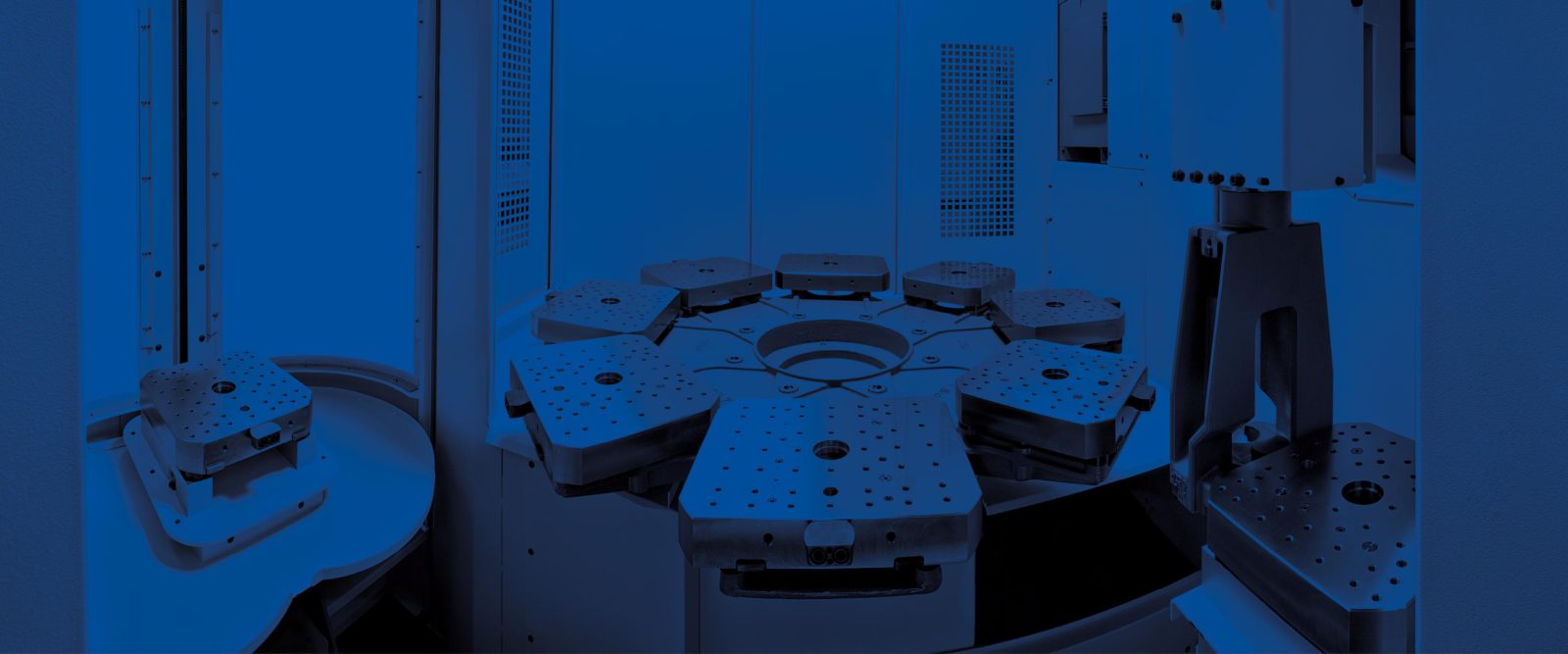Why is the UK ‘lagging behind’ when it comes to robotics in manufacturing?
The UK is currently facing its worst slowdown in productivity since the first industrial revolution. At 22nd in the rankings for automation per 10,000 workers, the UK bucks the European trend for early adoption. But why?
This article will briefly explain why the UK is lagging behind the top industrialised countries in the world when it comes to the adoption of robotics in manufacturing and will provide some insight into what can be done to catch up on the rest of the world.
Barriers to adoption of automation and robotics in manufacturing
The UK has a healthy stream of immigration and relies heavily on imported labour. As such, there is a limited desire to direct funds towards expensive capital investment such as robotics and automation systems. This is, however, short-sightedness on the part of business owners as the UK will be left behind as the rest of the world races ahead to increase automation and, as a result, overall manufacturing productivity. Not only is there an unwillingness to invest in capital equipment, but there is also a reluctance to invest in the kinds of skills that are required to operate in a highly automated environment. Another barrier to entry is the complexity of the automation industry, with very little assistance in the form of government guidance or industry automation consultants.
Possible solutions
The UK government has looked at introducing a “robot tax” on heavily automated companies in order to cover for the jobs lost due to robotics in manufacturing, however, this is a reactive approach to the changing manufacturing landscape. The short-term approach of penalising companies for automation will not only stifle the fledgling automation industry in the UK but also act against the best interests of workers and the UK economy in the long run.
A two-pronged strategy of direct and indirect incentives can be implemented to drive the adoption of robotics in manufacturing.
Direct subsidies
Direct subsidies are used when a government wants to foster the growth of a specific technology that is strategically important to the country. Direct subsidies are often awarded through a selection process that ensures only the companies that have the best chance to successfully develop the technology are awarded with funding. For example, the top robotics manufacturers and automation consultancy companies can be targeted to strategically lower the barrier to entry for companies looking to adopt automation.
Indirect subsidies
Indirect subsidies are often implemented using the tax system as a vehicle. Instead of being used as a tool to punish those who are looking to automate, it can instead be used to help grow the automation industry. Examples of how this can be implemented are: offering tax holidays, lower tax rates, industry-specific taxation, etc. These methods are indirect as they affect the industry as a whole, meaning that all companies benefit instead of a select few.
Neither of these methods can be successful in isolation, and a combination of the two will be the most effective. Direct government funding of companies that can serve as the vanguard of the drive to automation will allow easier access to the equipment, technology and skills required to successfully automate existing companies. Further to that, a tax-friendly environment will make the decision to automate an easier one for many companies which currently cannot justify the costs of automation. Ironically enough, highly automated countries like South Korea are scaling back tax incentives to slow the adoption of automation; if anything, this shows that systems like these can be extremely successful.
In conclusion
The UK is suffering from a low productivity rate which, coupled with the low adoption of robotic automation, poses a serious risk to the UK’s manufacturing sector. A strategic decision on a national level is required to right the ship and help the UK compete against an increasingly automated Europe as well as the rest of the world. The fourth industrial revolution is inevitable if current trends persist. As such, companies that do not embrace the new normal will likely face increasing competition and probable closure.
To learn more about automation in manufacturing, download the Kingsbury automation whitepaper and be sure to make contact with a Kingsbury consultant to discuss how to implement a sustainable automation solution.
